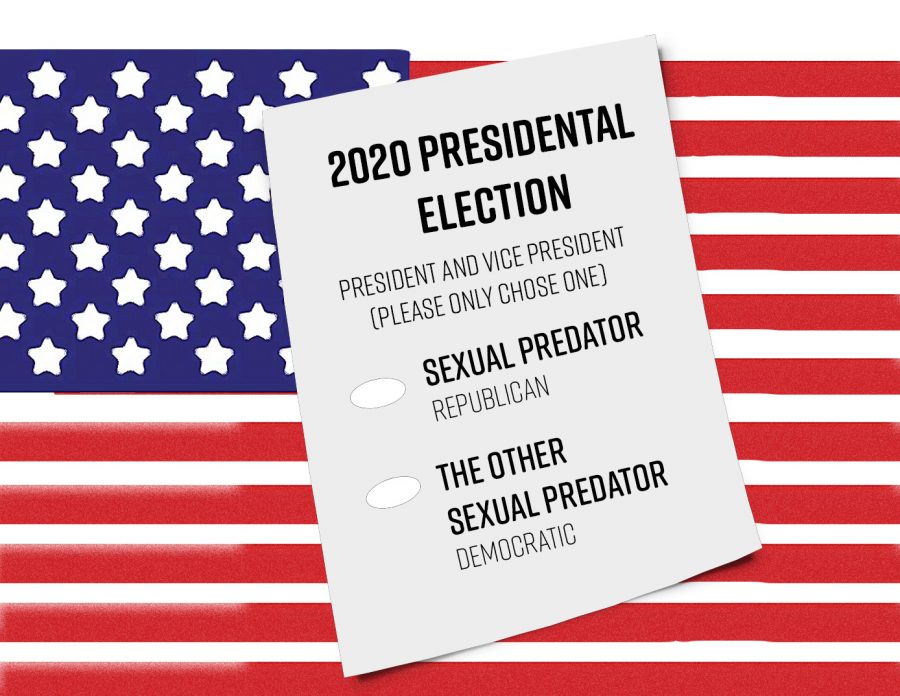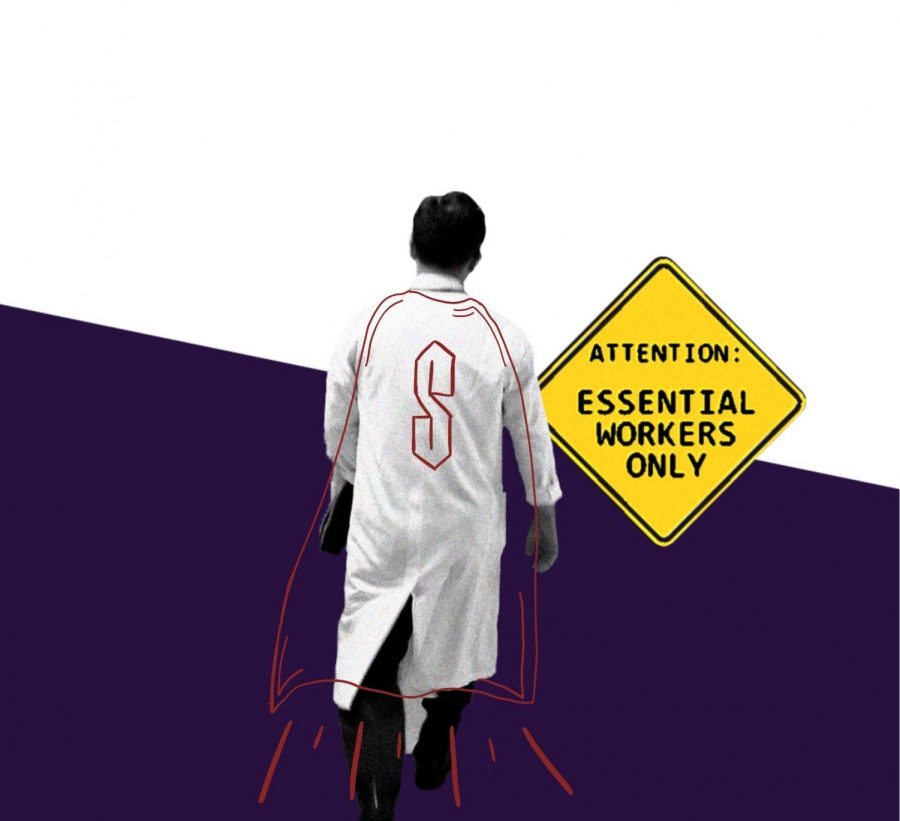Ours is a visual culture, primarily. Even when we make active efforts to pay attention to our surroundings, our endeavors usually involve spying minutia not often noticed upon first glance. Look up from your iPhone, we’re told. Watch out for traffic; look both ways.
But how often does being more mindful of our surroundings include listening? Silence is socially awkward. However, it is not the sounds of silence I write to advocate for today. It’s the sounds vibrating over the radio waves that deserve a bent ear.
Students can seldom go a day without reading. Most of the rest of our information is consumed visually, a close inspection of images. Once upon a time, though, we had the radio.
Like television, radio is in such disarray now that many programs leave the listener longing for the vivacity of dead air. Yet, radio was once the cornerstone of American culture and an essential means for taking in information.
Radio is boring, though. Why listen to the news when you can watch it? Why listen to sports when the action comes through your television set in reds and blues and yellows, all in high definition.
Radio is special because it is, by nature, a collaborative process. Like a novel, it involves a contract between the creator and the audience to together create the text. Visual media does not require such participation. Everything is predetermined and spoon-fed. Watching television is a spectator sport, but listening to the radio involves the listen in the creative process on the ground level.
Furthermore, there is an excitement and vivacity to the spoken word. When a woman or man possesses the power to convey significant meaning through commanding diction and vocal inflection, their very act of speaking autographs the event.
Take for instance, Mike Shannon (Harry Caray, for you Cubbie fans). While baseball fans prefer to watch the game than listen to it, a gifted raconteur adds a flavor that television cannot. Television commentators are left echoing your internal monologues (“I know that was a groundball to second.”), but words are as immortal as the events they accompany. Listen to the BBC call of the David Freese homerun in Game 6 of the World Series.
Let’s not underestimate the great storytellers who come in across the waves. Recently, I tuned in to NPR for the first time. Three of my favorite hosts include Diane Rehm, Terry Gross and Ira Glass. Rehm and Gross, in hosting their own shows, develop a distinctive pattern, structure and interviewing style. They are two of the sharpest minds in news, but they are often overlooked because no images accompany them.
And Glass and his cohorts over at “This American Life” document non-fiction stories that are stranger than fiction with elegance and style. “This American Life” showcases in-depth journalism and presents each story with a careful and sensitive creative voice.
When one joins the loyal listening-base of a radio personality, they become like an old friend. I wonder if there is something about the sound of the disembodied voice that is affectively calming. Artists like Glass and Shannon can manipulate their voice so affectively that their works take on an identity of their own much like innovative filmmakers or wordsmith writers.
Jim Gaffigan once joked about the tranquility of the radio. Talking about a picture he saw in which a family is congregated around an old radio, he remarked that they stared at the radio, as if waiting for it to turn into a television. Funny, yes, and I do not want to imagine a world without moving pictures. Radio, though, creates a community we cannot be members of and events we cannot experience when plugged into our iPods.
So tune in sometime and let your mind craft pictures of what you hear. Thanks for listening.










